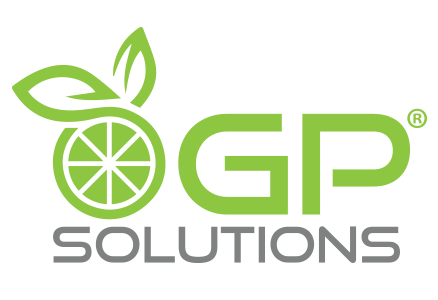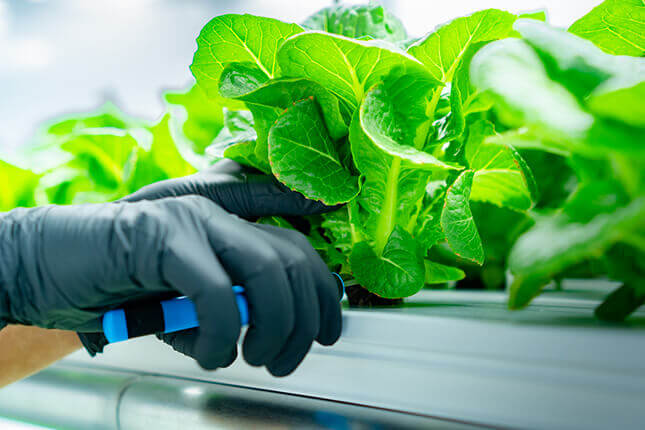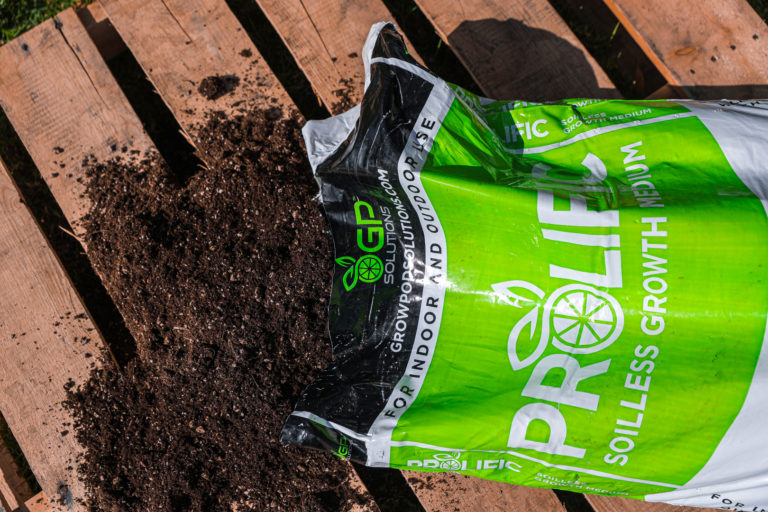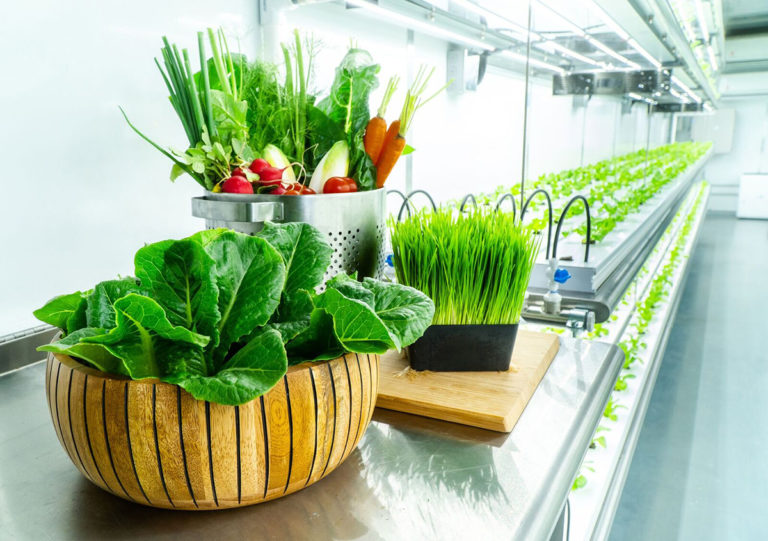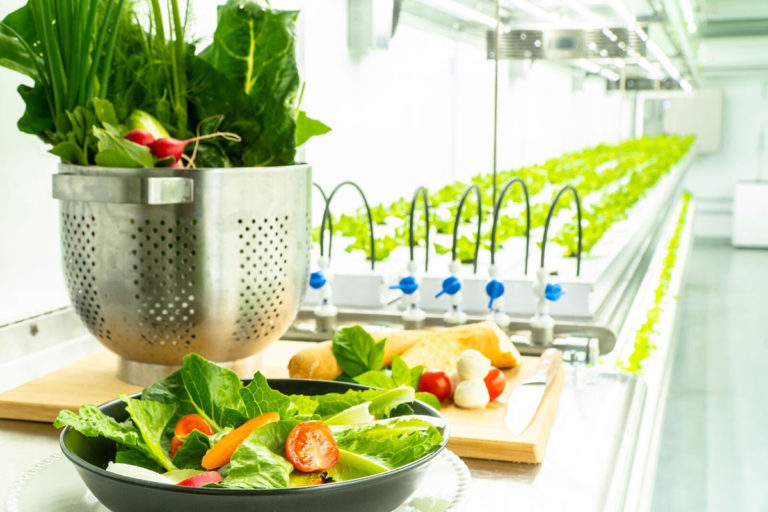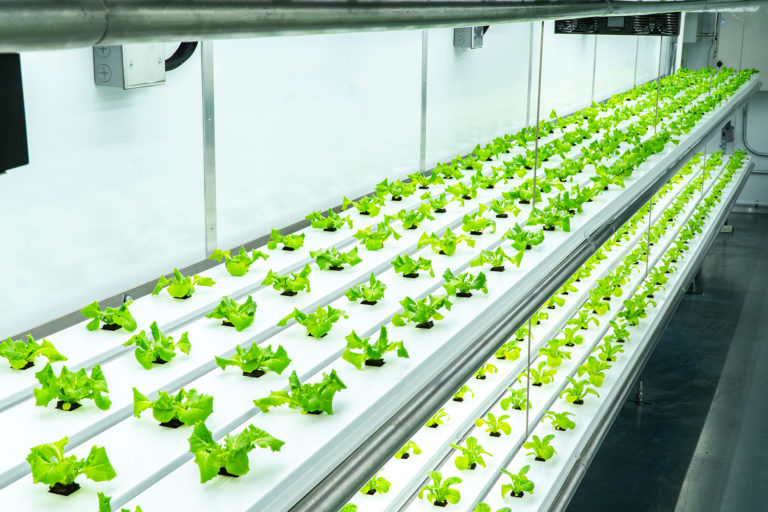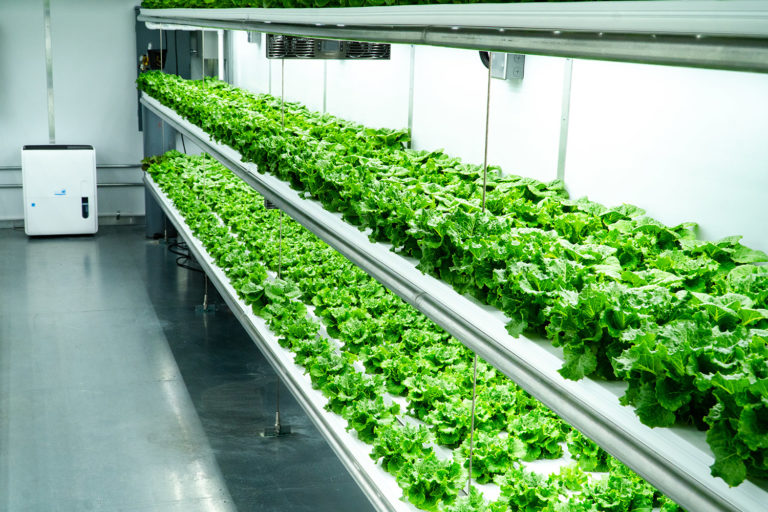We’re sure you heard a joke about millennials and avocado toast once or twice. If you’re under 30 its the kind of thing that gets your eyes rolling. But pretty much everyone in America will have noticed the availability of organic produce and everyone will have some kind of opinion about it. And this isn’t restricted to your stereotypes about the younger generation either! The overarching assumption is that organic produce is healthier, cleaner, greener, grown with chemicals or even pesticide-free.
We’re not here to “debunk” anything or somehow prove organic food is “bad”. You need to make your own decisions about what goes into your shopping cart but it doesn’t hurt to be fully armed with the facts.
What Does Organic Means?
First, let’s see what it means. In the USA food labelled as Organic means the following according to the US Department of Agriculture:
Organic is a labeling term that indicates that the food or other agricultural product has been produced through approved methods that integrate cultural, biological, and mechanical practices that foster cycling of resources, promote ecological balance, and conserve biodiversity. Synthetic fertilizers, sewage sludge, irradiation, and genetic engineering may not be used.
Got that? Ok let’s unpack it:
- Organic food CAN use pesticides. It’s almost impossible to grow food outdoors without some pesticide. Organic Materials Review Institute approves which pesticide can be used and lists over 40. What makes organic farming different is not the use of pesticides but their origin. Most farmers will use synthetic lab-made chemicals on crops. Organic farmers will tend to use ones with natural sources and processed lightly if at all before use but there’s no non-lethal pesticide in use! They are all designed to kill something
- Chemicals used in organic farming can be carcinogenic. A well-known one is rotenone which has an entirely natural source and so can be used as an organic pesticide. Rotenone is actually classed by the WHO (World Health Organisation) as hazardous and is carcinogenic in rats. It’s still used in fisheries to remove unwanted fish species.
- Food labelled “organic” isn’t entirely organic. In fact, there are 35 non-synthetic, non-organic substances allowed as ingredients. A great example is Carrageenan which is used to make food taste and feel creamy. It’s used in conventional and organic non-dairy milk for example. The problem with it is that it can cause inflammation and is so good at it, it is often used to test anti-inflammatory drugs.
- Food labelled “organic” contains synthetic products. That’s right, you can put man-made synthetic products in organic food and in fact, there are 43 synthetic, non-organic substances allowed. The best-known one is cellulose, which is essentially mashed wood pulp. It’s used as a thickener and an anti-caking agent and is present in a huge range of food from white bread to shredded cheese to ice-cream. Ethylene is another which is used to make food look riper when on the shelf- it accelerates the process so it looks ready to eat on the outside.
- Non-organic substitutes are allowed in organic food. If an organic version of a particular ingredient isn’t available the manufacturing plant can simply substitute in a non-organic one. Cornstarch is a common one, which might ring some alarm bells as about 90% of all corn is also genetically modified.
- Not all the food has to be organic for it to be labelled organic. As we’ve seen above the part of the food that is organic may be partially non-organic. In fact, the overall product has to be 95% organic. This is normally done to allow things like cheese rind or sausage skin. The remaining 5% can be pretty much anything.
- The USDA does not certify producers. The USDA manages the National Organic Program (NOP). The NOP creates the policies and regulations for certifying agencies to follow during the certification process. Neither have any capability in managing day to day food production. Neither do they align standards internationally or inspect imported foodstuffs declared as organic.
- Companies pay to labelled “organic”. The “organic” label is granted by an accrediting company, to which the producer pays. The accrediting company has a vested interest in giving the producer the right to use the label which is a potential conflict of interest.
- The actual certification is outsourced. That’s right, neither the USDA, NOP or accrediting company will actually do any inspections- these are all carried out by third party independent organisations and individuals. The producer pays the third party who in turns pays the accrediting company.
- The NOP couldn’t interfere anyway. It has only 27 employees nationwide

The organic industry is so linked to the conventional food supply chain that it’s impossible to extricate and as we’ve seen above there are numerous ways to abuse the system. The issue is that irrespective of what individual producers do and the care they take, the supply chain is too complex to monitor and requires so many shortcuts it can be difficult to see what the benefit is. The problem is the system itself.
Vertical and Hydroponic Farms Changes the Organic Industry
This is why alternative forms of farming like vertical farms and hydroponic container farms have become so popular. We simplify the supply chain, so our food is entirely traceable. Our produce, grown in lab-like conditions, is cleaner than organic as it requires no pesticide at all and tastes as fresh as the day it was plucked- often because you will be eating it the day it was picked!
